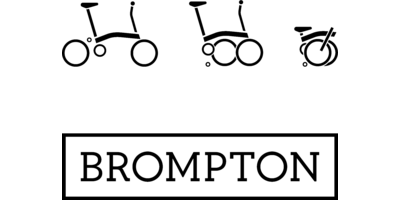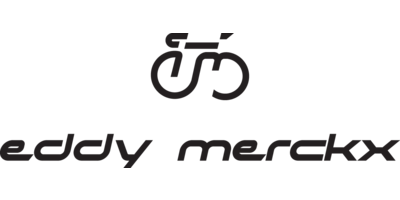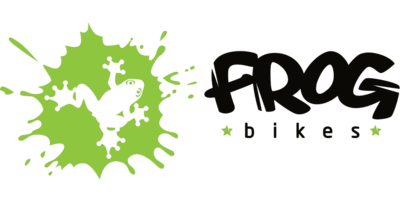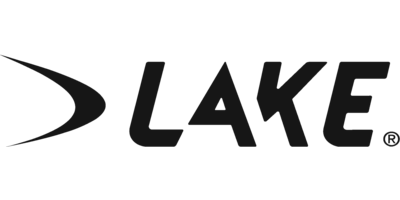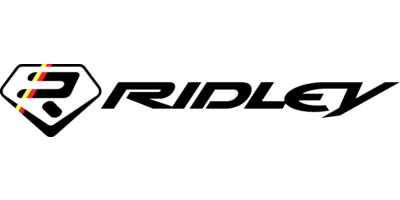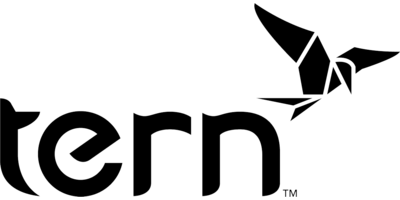1955 Ephgrave Lightweights Ltd.
Les Ephgrave initially learned the art of frame building before WWII from his first employer, Harry Rensch of Paris Rensch Cycles. He moved on from Paris to Claud Butler where again he was employed as a frame builder until 1948. At this point he decided to set up his own business 'Ephgrave Lightweights Ltd.' at the Avertey Works in East London. It is thought that he had produced some frames of his own before this date, probably whilst at C Bs. He was helped in the setting up of the business by Rory O'Brien and in return he built O'Briens top-of-the-range models for him.
He was to produce high-quality frames with the emphasis on finely filed and decorative lugwork although in common with other builders at the time he produced some sif-bronze welded frames. As with all other frame builders in this period of austerity Les was having great difficulty in obtaining the materials with which to produce his frames. To make the 'welded' frames more attractive to the dyed-in-the-wool buyers he decorated some of these frames with long pointed bi-laminated lugs with a curl on either side, a skill he would have learned at Paris and C B as they both produced frames using these methods.
The lugged frames were known as 'The No. 1'; 'The No. 1 Super' and 'The No.2' designs. The early lugs were cut from the Ecla Belgium malleable lugs according to his brochure. Later on they were based on Nervex lugs which were modified and improved in the frame-building workshops. The emphasis here was on quality, where the lugs were cut, filed and feathered to a very high standard and to this day this is what makes Ephgrave frames a favourite of the serious collector. The top of the range No. 1 Super had extra windows cut into the lug used for the No. 1, lug which in itself was more intricate than the No. 2 which was based on a Nervex Serie Legere lug. From about 1953 the headlugs of the No. 1 acquired a spearpoint on the front of the head tube (image top right). Some of the number 2 lugs were embellished by having 'swallowtails' added to the head lugs ??" these were behind the head tube, top and bottom.
In the 50s two frames were produced using the name 'Italia'. The first had a lug cut to the pattern of an arrowhead whilst the later ones ,1960s, were produced using the Prugnat lugs with the spearpoints split and curled in some cases. A number of the frames had decorations on the tops of the seat stays. Some had a simple metal strip (see images below) whilst the others from about 1953 could have what are popularly known as 'Lollipops'.
The Ephgrave catalogue cites three recommended designs for Massed Start Racing, Track and Club Riding, which is surprising as time-trialling was probably the most popular use for the Ephgrave frame since road racing cyclists had a preference for the plainer, continental style lugs. It also recommends that frames are built square, i.e. top tube and seat tube of the same length.
Most of the headtubes were adorned with an 'Ephgrave' transfer but some had an aluminium plate which may have been printed or used with a transfer on them. The down tube transfers were Old English block lettering until towards the sixties when a script alternative was offered.
All Ephgrave frames are numbered with the prefix 'LE' both on the frame and the fork column, Peter Holland, V-CC marque enthusiast, can help with dating. Records show that L E produced in the region of 4000 frames before he died in 1969. A few of his frames were produced for other shops such as Rory O'Brien as mentioned in the first paragraph.
He was to produce high-quality frames with the emphasis on finely filed and decorative lugwork although in common with other builders at the time he produced some sif-bronze welded frames. As with all other frame builders in this period of austerity Les was having great difficulty in obtaining the materials with which to produce his frames. To make the 'welded' frames more attractive to the dyed-in-the-wool buyers he decorated some of these frames with long pointed bi-laminated lugs with a curl on either side, a skill he would have learned at Paris and C B as they both produced frames using these methods.
The lugged frames were known as 'The No. 1'; 'The No. 1 Super' and 'The No.2' designs. The early lugs were cut from the Ecla Belgium malleable lugs according to his brochure. Later on they were based on Nervex lugs which were modified and improved in the frame-building workshops. The emphasis here was on quality, where the lugs were cut, filed and feathered to a very high standard and to this day this is what makes Ephgrave frames a favourite of the serious collector. The top of the range No. 1 Super had extra windows cut into the lug used for the No. 1, lug which in itself was more intricate than the No. 2 which was based on a Nervex Serie Legere lug. From about 1953 the headlugs of the No. 1 acquired a spearpoint on the front of the head tube (image top right). Some of the number 2 lugs were embellished by having 'swallowtails' added to the head lugs ??" these were behind the head tube, top and bottom.
In the 50s two frames were produced using the name 'Italia'. The first had a lug cut to the pattern of an arrowhead whilst the later ones ,1960s, were produced using the Prugnat lugs with the spearpoints split and curled in some cases. A number of the frames had decorations on the tops of the seat stays. Some had a simple metal strip (see images below) whilst the others from about 1953 could have what are popularly known as 'Lollipops'.
The Ephgrave catalogue cites three recommended designs for Massed Start Racing, Track and Club Riding, which is surprising as time-trialling was probably the most popular use for the Ephgrave frame since road racing cyclists had a preference for the plainer, continental style lugs. It also recommends that frames are built square, i.e. top tube and seat tube of the same length.
Most of the headtubes were adorned with an 'Ephgrave' transfer but some had an aluminium plate which may have been printed or used with a transfer on them. The down tube transfers were Old English block lettering until towards the sixties when a script alternative was offered.
All Ephgrave frames are numbered with the prefix 'LE' both on the frame and the fork column, Peter Holland, V-CC marque enthusiast, can help with dating. Records show that L E produced in the region of 4000 frames before he died in 1969. A few of his frames were produced for other shops such as Rory O'Brien as mentioned in the first paragraph.
1955 Ephgrave Lightweights Ltd. Elmy Cycles - Classics & Collectors
A2Z of 1955 Ephgrave Lightweights Ltd.
1955 Ephgrave Lightweights Ltd. (On display in Elmy Cycles - Classics & Collectors » Elmy Cycles Classic Bike Collection)Unfortunately we don't have details for the 1955 Ephgrave Lightweights Ltd. website, but if you Contact Us here at the shop, we'll gladly give you details of any products you're trying to find.


